LM393 Sound Detection Sensor Module Overview
The LM393 Sound Detection Sensor Module is a compact, easy-to-use sound sensor built around a microphone element and the LM393 comparator IC. It detects ambient sound levels and provides both an analog voltage proportional to sound intensity and a digital output that toggles when a configurable threshold is exceeded. This module is ideal for sound-activated systems, noise monitoring, interactive installations, and DIY electronics projects using Arduino or Raspberry Pi.
Key Benefits
- Accurate detection: Microphone plus LM393 comparator yields reliable sound sensing across a range of volumes.
- Adjustable sensitivity: Onboard potentiometer lets you set the detection threshold to ignore background noise or capture faint sounds.
- Flexible outputs: Use the analog output for measuring sound level or the digital output for triggering events.
- Easy integration: Compact PCB, clear labels, and standard 3-pin connectors make it plug-and-play with microcontrollers.
Specifications
- Sensor type: Electret microphone with LM393 comparator
- Outputs: Digital (DO) and Analog (AO)
- Sensitivity adjustment: Yes, via potentiometer
- Power supply: 5V DC
- Operating temperature: -20°C to 70°C
- Dimensions: Compact module designed for breadboard or PCB mounting
Typical Applications
- Sound-activated lights, alarms, or relays
- Noise level detection and simple sound level monitoring
- Interactive exhibits and installations that respond to claps, voice, or other sounds
- Robotics and automation systems that require acoustic triggers
Wiring and Integration
Wiring the LM393 sound sensor is straightforward. The module usually has three labeled pins: VCC, GND, and OUT (or separate AO and DO pins).
- VCC: Connect to 5V DC
- GND: Connect to system ground
- AO: Analog output (optional) to analog input pin (for example A0 on Arduino)
- DO: Digital output (optional) to digital input pin (for example D2 on Arduino)
Example Arduino Hookup
// Simple Arduino example
const int analogPin = A0; // connect AO
const int digitalPin = 2; // connect DO
void setup() {
Serial.begin(9600);
pinMode(digitalPin, INPUT);
}
void loop() {
int analogValue = analogRead(analogPin);
int digitalState = digitalRead(digitalPin);
Serial.print("Analog: ");
Serial.print(analogValue);
Serial.print(" Digital: ");
Serial.println(digitalState);
delay(200);
}
Tips for Best Performance
- Adjust the potentiometer slowly while observing the digital output or serial analog readings to find the ideal threshold for your environment.
- Mount the microphone away from strong airflows or mechanical vibrations to reduce false triggers.
- Use the analog output when you need to measure varying sound intensity rather than just detecting threshold events.
Compatibility
This LM393 sound detection module works well with Arduino, Raspberry Pi (use an ADC for analog reads), ESP32, and other microcontroller platforms that accept 5V logic. For Raspberry Pi analog measurements, use an external ADC module or rely on the module’s digital output for threshold-based detection.
Note: Product images are for illustration purposes only. Actual product appearance may vary slightly.

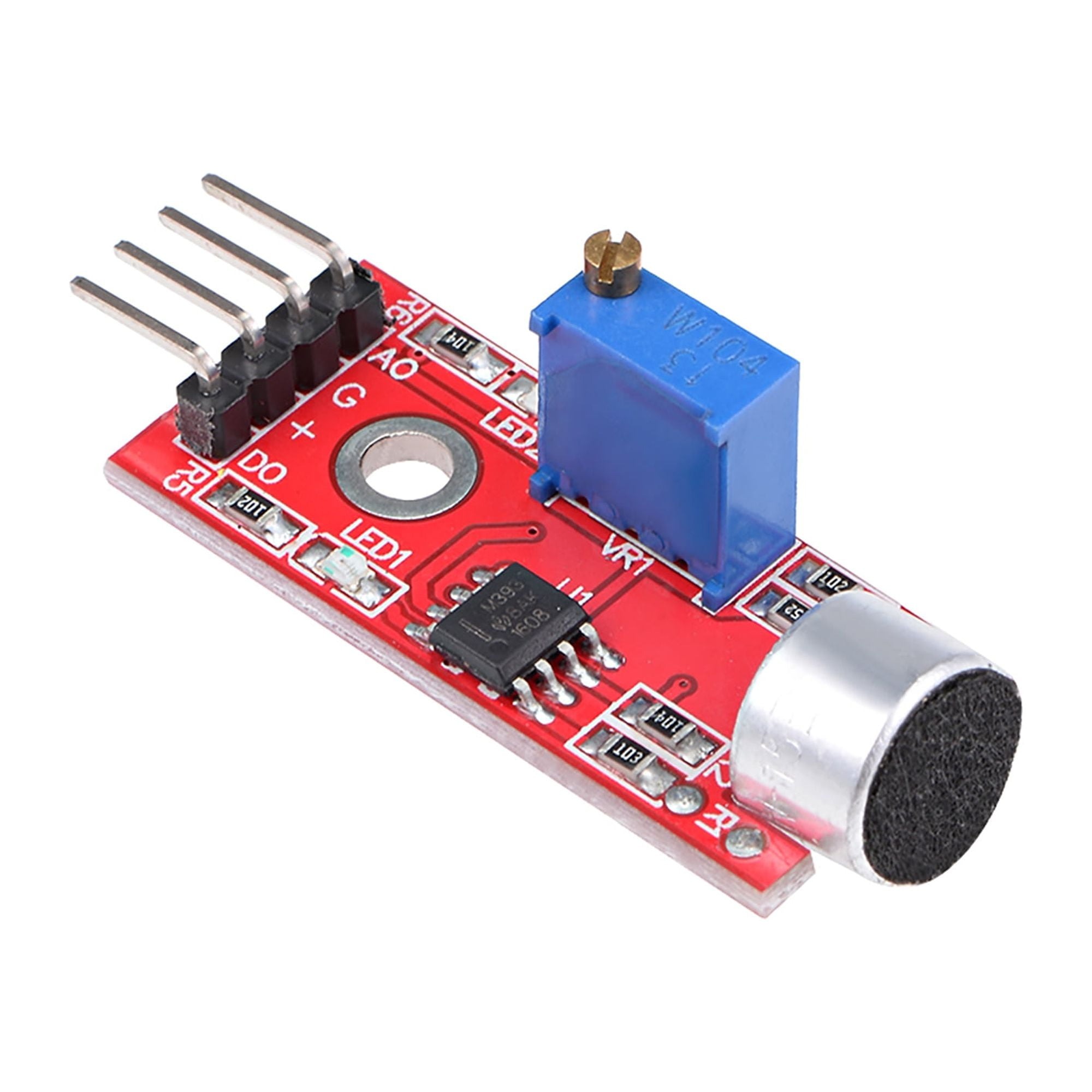
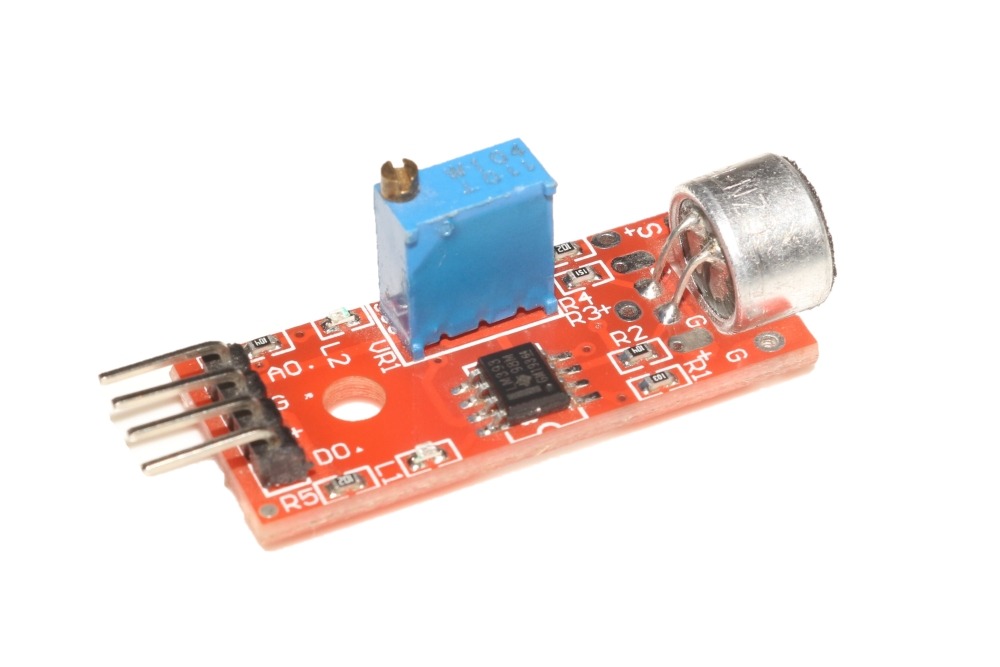
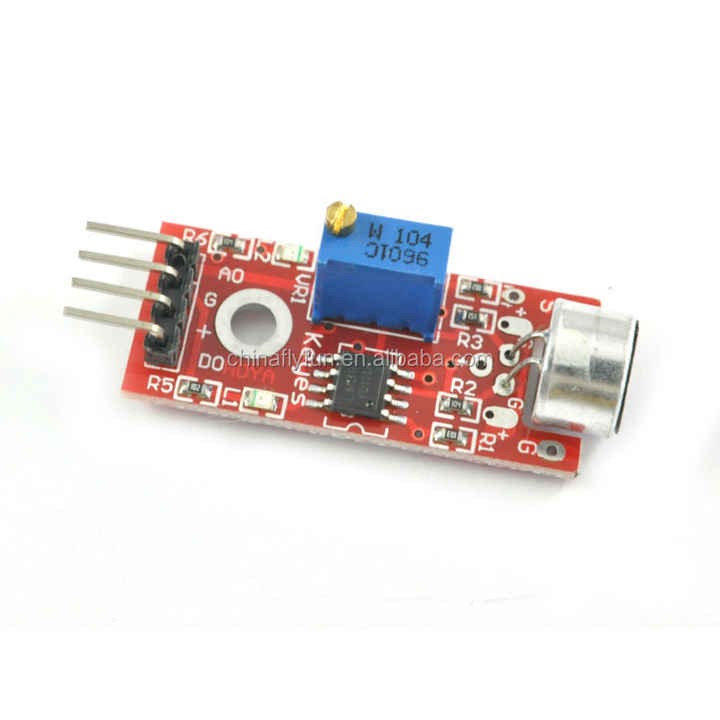

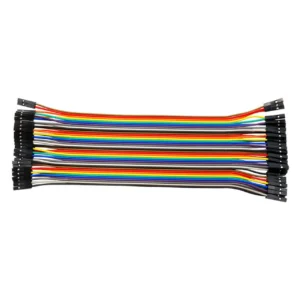
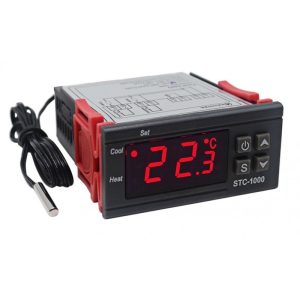
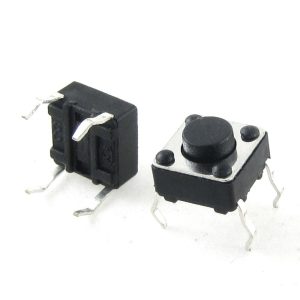
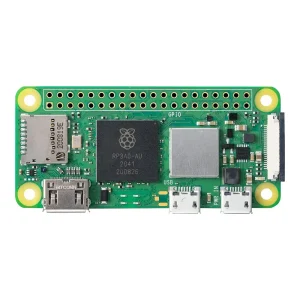
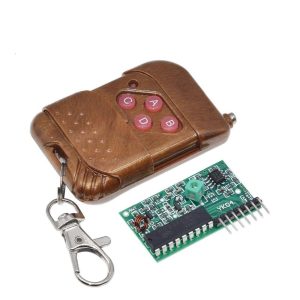

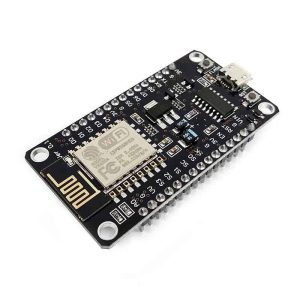
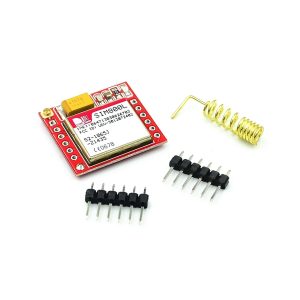
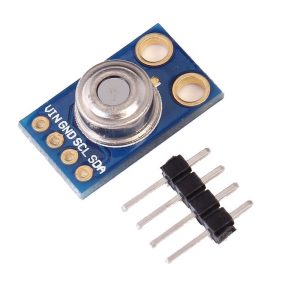
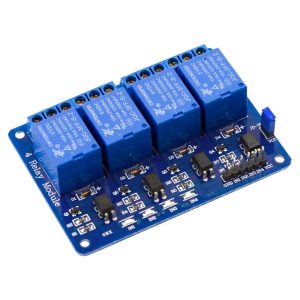

Reviews
There are no reviews yet